Home>diy>Planning & Engineering>What Purpose Does Bulk Zoning Serve?
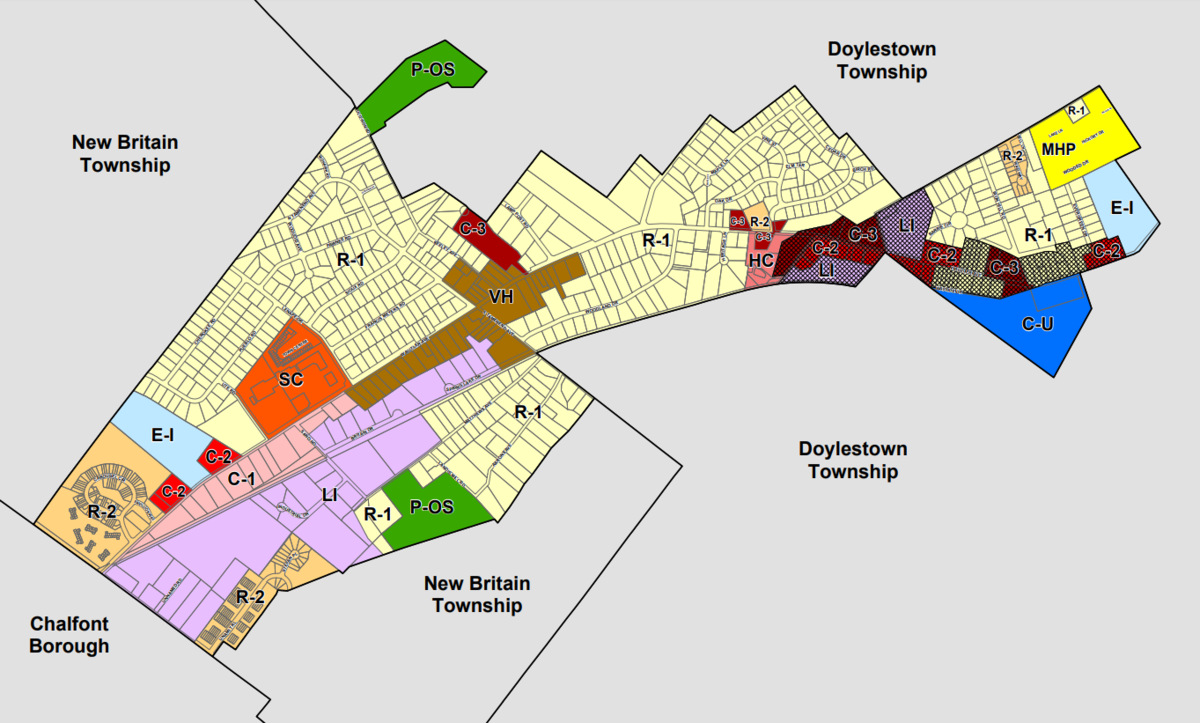

Planning & Engineering
What Purpose Does Bulk Zoning Serve?
Modified: January 9, 2024
Learn about the role of bulk zoning in planning-engineering and how it serves to regulate land use and promote orderly development.
(Many of the links in this article redirect to a specific reviewed product. Your purchase of these products through affiliate links helps to generate commission for Storables.com, at no extra cost. Learn more)
Introduction
Bulk zoning, also known as bulk regulations or zoning bylaws, is a planning tool used by municipalities to determine the size, height, and setback requirements for buildings and structures within a specific area. It is a fundamental component of urban planning and plays a crucial role in shaping the physical characteristics of a city or town.
At its core, bulk zoning is designed to promote orderly development, maintain community safety, and encourage compatibility between different land uses. By establishing clear guidelines for building dimensions and spatial arrangements, bulk zoning aims to create a harmonious and balanced built environment that meets the needs of residents, businesses, and the local government.
This article will delve into the definition, historical background, purpose, advantages, disadvantages, criticisms, case studies, and alternatives of bulk zoning, providing a comprehensive exploration of this important planning tool.
Key Takeaways:
- Bulk zoning is a crucial urban planning tool that regulates building dimensions to promote orderly development, maintain safety, and preserve community character, but it must address criticisms of rigidity and exclusionary practices.
- Alternative approaches like form-based zoning and inclusionary zoning offer flexibility and innovation in shaping the built environment, providing opportunities to address housing affordability and sustainability while meeting community needs.
Read more: What Purpose Does A Fish Ladder Serve
Definition of Bulk Zoning
Bulk zoning refers to the regulations and guidelines set by local municipalities to control the physical dimensions of buildings and structures within a particular zoning district. These regulations typically include parameters such as building height, setback requirements, lot coverage, and floor area ratio.
The specific requirements of bulk zoning vary from one jurisdiction to another, as they are tailored to meet the unique needs and characteristics of a particular area. For instance, in a residential district, there may be restrictions on the maximum height of a building to ensure privacy and prevent overshadowing. In a commercial district, setback requirements may be in place to provide space for parking and pedestrian walkways.
Bulk zoning regulations are typically outlined in a zoning ordinance or bylaw, which acts as a comprehensive guide for property owners, developers, and architects. This document specifies the allowable dimensions and spatial arrangements for different types of buildings and structures within each zoning district.
It is important to note that bulk zoning regulations are not focused on the specific use of a building but rather on its physical characteristics. This means that a certain building type, such as a restaurant or office space, may be allowed in multiple zoning districts as long as it adheres to the bulk regulations of each district.
Historical Background of Bulk Zoning
The concept of bulk zoning has its roots in the early 20th century when cities and towns saw a significant increase in urban development and population growth. As communities expanded, local governments recognized the need to regulate building size and placement to ensure orderly and efficient growth.
One of the earliest examples of bulk zoning can be traced back to the early 1900s in New York City, where the city’s first comprehensive zoning regulations were implemented. The regulations, known as the “1916 Zoning Resolution,” aimed to address the challenges posed by the construction of tall buildings, particularly the potential impacts on light, air circulation, and congestion.
The 1916 Zoning Resolution introduced height and setback requirements, which determined how tall a building could be and how far it had to be set back from the street. These regulations were based on a zoning principle known as “form-based zoning,” which emphasized the importance of the physical shape and arrangement of buildings as opposed to their specific use.
Over time, bulk zoning regulations became more refined and widespread across different cities and municipalities. One notable development was the Standard State Zoning Enabling Act of 1926, a model legislation that served as a blueprint for zoning laws in many states. This act standardized the practice of bulk zoning by providing a framework for municipalities to enact zoning ordinances.
Since then, bulk zoning has evolved and adapted to the changing needs of communities. It has been shaped by advancements in urban planning theory, emerging architectural trends, and societal expectations regarding the built environment.
Purpose of Bulk Zoning
The primary purpose of bulk zoning is to regulate the physical dimensions and characteristics of buildings and structures within a specific area. By doing so, it serves several important objectives:
Promote Orderly Development
Bulk zoning promotes orderly development by establishing guidelines and standards for building size, height, and placement. This ensures that new construction aligns with the overall character and scale of the surrounding area. By maintaining a consistent and harmonious built environment, bulk zoning helps create a sense of cohesion and visual appeal.
Read more: What Does Commercial Zoning Mean
Maintain Community Safety
Bulk zoning helps maintain community safety by setting requirements for setbacks, which define the distance between a building and its boundaries. Setbacks ensure adequate spacing between structures, allowing for natural light, ventilation, and emergency access. These regulations can help prevent fire hazards, overcrowding, and other safety risks.
Preserve Public Amenities
Bulk zoning also plays a role in preserving public amenities. By regulating building heights and floor area ratios, it prevents excessive development that could overshadow parks, public plazas, or important cultural landmarks. This helps preserve open spaces, maintain views, and protect the character of a neighborhood or community.
Encourage Compatibility
By establishing guidelines for building dimensions and spatial arrangements, bulk zoning promotes compatibility between different land uses within a specific area. It ensures that residential, commercial, and industrial activities coexist in a manner that minimizes conflicts and maximizes the efficiency of infrastructure and services. For example, it may require certain setbacks or buffer zones between residential and industrial zones to mitigate noise or other nuisances.
Control the Intensity of Development
Bulk zoning helps control the intensity of development by imposing limits on lot coverage, floor area ratios, and building heights. These restrictions help prevent overbuilding, excessive density, and congestion, thereby preserving the quality of life for residents and maintaining the capacity of public infrastructure and services.
Overall, the purpose of bulk zoning is to balance the needs of property owners, residents, and the larger community, ensuring that development occurs in a controlled and sustainable manner.
Read more: What Does Zoning R Mean
Advantages of Bulk Zoning
Bulk zoning offers several advantages that contribute to the overall planning and development process. Here are some key benefits:
Predictability and Certainty
One of the major advantages of bulk zoning is the predictability it provides to property owners, developers, and investors. By establishing clear regulations and guidelines for building dimensions, setbacks, and other parameters, bulk zoning ensures a level of certainty in the development process. This allows stakeholders to make informed decisions and reduces the risk of disputes or uncertainties.
Preservation of Community Character
Bulk zoning helps preserve the character of a community or neighborhood by guiding the physical development in a desired manner. It ensures that new construction and renovations adhere to the established parameters, maintaining a cohesive and harmonious built environment. This helps retain the unique identity and charm of a place, enhancing its livability and attractiveness.
Efficient Use of Resources
By setting standards for setbacks, lot coverage, and floor area ratios, bulk zoning promotes the efficient use of land and infrastructure resources. It helps prevent overbuilding, reduces sprawl, and encourages higher density in appropriate areas. This approach minimizes the strain on public infrastructure, reduces transportation demands, and can enhance the viability of public transportation systems.
Read more: What Does A Zoning Officer Do
Protection of Open Spaces and Public Amenities
Bulk zoning plays a crucial role in protecting open spaces, public amenities, and natural resources. It can require setbacks from parks, rivers, or coastal areas, preserving their integrity and ensuring public access. Bulk zoning regulations can also incentivize the provision of public spaces or amenities in new developments, contributing to the overall well-being and quality of life for residents.
Enhanced Safety and Resilience
Bulk zoning regulations pertaining to setbacks, building heights, and design considerations promote safety and resilience within a community. By maintaining adequate spacing between structures, allowing for natural light and ventilation, and accounting for emergency access, bulk zoning helps minimize risks associated with fires, overcrowding, and other hazards. Additionally, it can incorporate provisions for environmentally friendly features, such as green infrastructure and stormwater management, to enhance the resilience of the built environment.
In summary, the advantages of bulk zoning include predictability, preservation of community character, efficient resource use, protection of open spaces, and enhanced safety and resilience. These benefits contribute to the overall well-being and vitality of a community, making bulk zoning a valuable tool in urban planning and development.
Disadvantages of Bulk Zoning
While bulk zoning offers many benefits, there are also some disadvantages to consider. Here are a few of the potential drawbacks:
Rigid and Inflexible
Bulk zoning regulations are often rigid and inflexible, providing little room for unique or innovative design solutions. The emphasis on standardized building dimensions may stifle creativity and limit architectural diversity. This can result in a cookie-cutter approach to development, where buildings look similar and lack individuality.
Read more: What Does A Zoning Engineer Do
Lack of Adaptability
Bulk zoning regulations are typically slow to adapt to changing needs and trends in urban development. The lengthy and complex process of amending zoning ordinances often makes it difficult to respond quickly to emerging needs or incorporate sustainable design concepts. This can lead to outdated regulations that do not align with evolving urban planning principles.
Potential for Exclusionary Practices
In some cases, bulk zoning regulations can contribute to exclusionary practices and inequalities. Minimum lot size requirements and other bulk zoning provisions may increase property costs, making it difficult for lower-income individuals or businesses to afford land in certain areas. This can contribute to economic segregation and limit opportunities for diverse and inclusive communities.
Limits on Density and Housing Options
Bulk zoning regulations can often limit the density of development and restrict the availability of affordable housing options. Minimum lot size and setback requirements can reduce the number of units that can be built on a given parcel of land, thus inhibiting the creation of high-density housing developments. This can contribute to housing shortages and affordability challenges in areas with high demand.
Potential for Disruption and Conflict
The enforcement of bulk zoning regulations can lead to conflicts and disruptions between property owners, developers, and local authorities. Disputes may arise when property owners feel that their rights to build or modify their structures are being infringed upon by strict zoning regulations. This can result in delays, legal battles, and strained community relationships.
It is important to note that while bulk zoning has its disadvantages, many of these issues can be mitigated through careful planning, periodic review of zoning ordinances, and the incorporation of flexibility and inclusivity in the planning process.
In summary, the disadvantages of bulk zoning include inflexibility, lack of adaptability, potential for exclusionary practices, limits on density and housing options, and the potential for disruption and conflict. Recognizing these drawbacks can inform future planning efforts and help strike a balance between regulation and innovation in urban development.
Read more: What Does RM Zoning Mean
Criticisms of Bulk Zoning
While bulk zoning has been widely used in urban planning, it is not without its share of criticisms. Here are some common criticisms of bulk zoning:
Lack of Contextual Consideration
One frequent criticism is that bulk zoning regulations often fail to consider the specific context and characteristics of a neighborhood or community. The same set of regulations may be applied uniformly across different areas, disregarding the unique needs and nuances of each location. This can lead to developments that feel out of place or disrupt the existing character of a neighborhood.
Disconnection from Community Input
Another critique is that the bulk zoning process sometimes lacks meaningful community involvement and input. Decisions on building dimensions and regulations are often made by planning departments or planning boards without sufficient consultation with residents and stakeholders. This can result in zoning regulations that do not reflect the needs and desires of the community, leading to dissatisfaction and alienation.
Limited Consideration of Environmental Impact
Bulk zoning regulations often prioritize built form and physical dimensions without giving adequate consideration to environmental impacts. The focus on setbacks and building height may not sufficiently address issues such as energy efficiency, sustainable design, or climate resilience. This can hinder efforts to create environmentally-friendly and sustainable communities.
Read more: What Does Agricultural Zoning Mean
Inequitable Distribution of Development Rights
Some critics argue that bulk zoning can lead to the inequitable distribution of development rights. Zoning regulations may allow for larger and taller buildings in certain areas, while placing stricter limitations on others. This can result in disparities in property values and economic opportunities, perpetuating social and economic inequalities.
Stifling of Innovation and Creativity
Bulk zoning regulations have been criticized for stifling innovation and creativity in architectural and urban design. The emphasis on standardized building dimensions and setback requirements may discourage unique and unconventional design solutions. This can lead to a lack of diversity in the built environment and a missed opportunity to showcase architectural innovation.
It’s important to note that many of these criticisms can be addressed through thoughtful and adaptable planning processes, incorporating community input, and continuously revisiting zoning ordinances to reflect changing needs and aspirations.
In summary, criticisms of bulk zoning include the lack of contextual consideration, disconnection from community input, limited consideration of environmental impact, inequitable distribution of development rights, and stifling of innovation and creativity. Recognizing these critiques can inform the development of more inclusive, sustainable, and responsive zoning policies.
Case Studies on Bulk Zoning
Examining case studies can provide valuable insights into the effectiveness and impact of bulk zoning. Here are a couple of notable examples:
Case Study 1: New York City’s Zoning Resolution
New York City’s Zoning Resolution is a prime example of the comprehensive use of bulk zoning to shape the city’s built environment. Implemented in 1961, the resolution aimed to modernize and simplify zoning regulations while accommodating the city’s growing population.
The Zoning Resolution introduced a zoning framework that categorized different areas of the city into zoning districts, each with its own set of bulk regulations. The regulations included maximum building heights, setback requirements, and floor area ratios, among other parameters.
Through bulk zoning, New York City has been able to control and modify building heights to preserve iconic views, protect historic districts, and maintain the character of various neighborhoods. The regulations have also contributed to the creation of mixed-use developments, with specific zoning districts encouraging a blend of residential, commercial, and cultural spaces.
This case study highlights how effective bulk zoning can be in shaping the urban landscape and promoting a vibrant and diverse city fabric.
Read more: What Does C-2 Zoning Mean
Case Study 2: Portland, Oregon’s Residential Infill Project
In recent years, the city of Portland, Oregon, has undertaken a comprehensive reevaluation of its residential zoning regulations, known as the Residential Infill Project (RIP). The project aims to address housing affordability, promote neighborhood compatibility, and support sustainable development.
Part of the RIP includes revisions to bulk zoning regulations, such as changes to lot sizes, setbacks, and building heights. The goal is to encourage the construction of more diverse housing types, including duplexes, triplexes, and smaller multi-unit buildings, within existing residential areas.
By revising bulk zoning regulations, Portland aims to increase housing supply, enhance neighborhood livability, and create more affordable housing options. The project also incorporates design standards to ensure that new development is compatible with the existing scale and character of neighborhoods.
This case study highlights how bulk zoning can be used as a tool to address housing affordability and promote community-centered development.
These case studies demonstrate the varied approaches and outcomes of bulk zoning in different cities. By analyzing these examples, planners can learn from successful strategies and adapt their own zoning regulations to align with the unique needs and goals of their communities.
Alternatives to Bulk Zoning
Bulk zoning is just one approach to regulating the physical dimensions of buildings and structures. There are alternative strategies that can complement or replace traditional bulk zoning regulations. Here are a few noteworthy alternatives to consider:
Form-Based Zoning
Form-based zoning is an alternative approach that focuses on the physical form and design of buildings rather than specific dimensions or land uses. It emphasizes creating a cohesive and attractive built environment by regulating elements such as building placement, street frontage, and architectural features. Form-based zoning can encourage innovative design solutions while promoting compatibility within neighborhoods.
Performance-Based Zoning
Performance-based zoning shifts the focus from specific dimensional requirements to performance goals. Instead of prescribing specific building dimensions or setbacks, performance-based zoning establishes criteria for aspects like building energy efficiency, stormwater management, or pedestrian connectivity. This approach allows for greater flexibility in design while ensuring that certain performance standards and objectives are met.
Read more: What Does R40 Zoning Mean
Inclusionary Zoning
Inclusionary zoning is a strategy that aims to address housing affordability by requiring or incentivizing developers to include affordable housing units within their projects. It can be implemented as part of traditional bulk zoning regulations or as a separate policy. Inclusionary zoning helps create more diverse and affordable housing options, ensuring that a range of income levels can access housing within a community.
Form-Based Codes
Form-based codes provide a detailed set of regulations and design guidelines that focus on the physical form, character, and quality of development. They aim to achieve specific desired outcomes, such as walkability, active street fronts, or architectural compatibility. Unlike traditional zoning that relies on separate use categories, form-based codes promote a more integrated approach to land use and development, fostering a sense of place and community identity.
Transferable Development Rights
Transferable development rights (TDR) is a system that allows property owners to transfer their development rights from one location to another. This approach encourages the preservation of valuable open spaces or historic buildings by granting the owners the ability to sell their unused development rights to developers in other designated areas. TDR can provide a valuable tool for preserving heritage sites, protecting natural areas, and mitigating concerns related to excessive development in certain areas.
These alternatives to bulk zoning offer different approaches and strategies for guiding and regulating development. Each alternative comes with its own strengths and limitations, and their suitability depends on the specific goals, context, and characteristics of a community. By considering these alternatives, urban planners and policymakers can explore innovative and flexible approaches to shaping the built environment while addressing the evolving needs of their communities.
Conclusion
Bulk zoning plays a fundamental role in ensuring orderly and balanced development within communities. By regulating the physical dimensions of buildings and structures, bulk zoning helps maintain community safety, preserve the character of neighborhoods, and promote compatibility between different land uses. It also contributes to efficient use of resources, protection of public amenities, and the control of the intensity of development.
While bulk zoning offers numerous advantages, it is not without its drawbacks and criticisms. The rigidity and inflexibility of regulations, lack of contextual consideration, and potential for exclusionary practices are among the concerns raised. However, these criticisms can be mitigated through proper community involvement, regular review of zoning ordinances, and a focus on inclusivity and sustainability in the planning process.
It is important for urban planners and policymakers to consider alternative approaches to bulk zoning. Options such as form-based zoning, performance-based zoning, inclusionary zoning, form-based codes, and transferable development rights provide flexibility and opportunities for innovation in urban development. By exploring these alternatives and adapting them to local contexts, communities can shape their built environments in ways that support affordability, sustainability, and community well-being.
In conclusion, bulk zoning remains an essential tool in urban planning, providing a framework for regulating the physical dimensions of buildings and structures. It serves the important purposes of promoting orderly development, maintaining community safety, preserving the character of neighborhoods, and controlling the intensity of development. By considering alternative approaches and addressing the criticisms, bulk zoning can continue to evolve and adapt to meet the changing needs and aspirations of communities, creating vibrant, livable, and sustainable environments for generations to come.
Frequently Asked Questions about What Purpose Does Bulk Zoning Serve?
Was this page helpful?
At Storables.com, we guarantee accurate and reliable information. Our content, validated by Expert Board Contributors, is crafted following stringent Editorial Policies. We're committed to providing you with well-researched, expert-backed insights for all your informational needs.


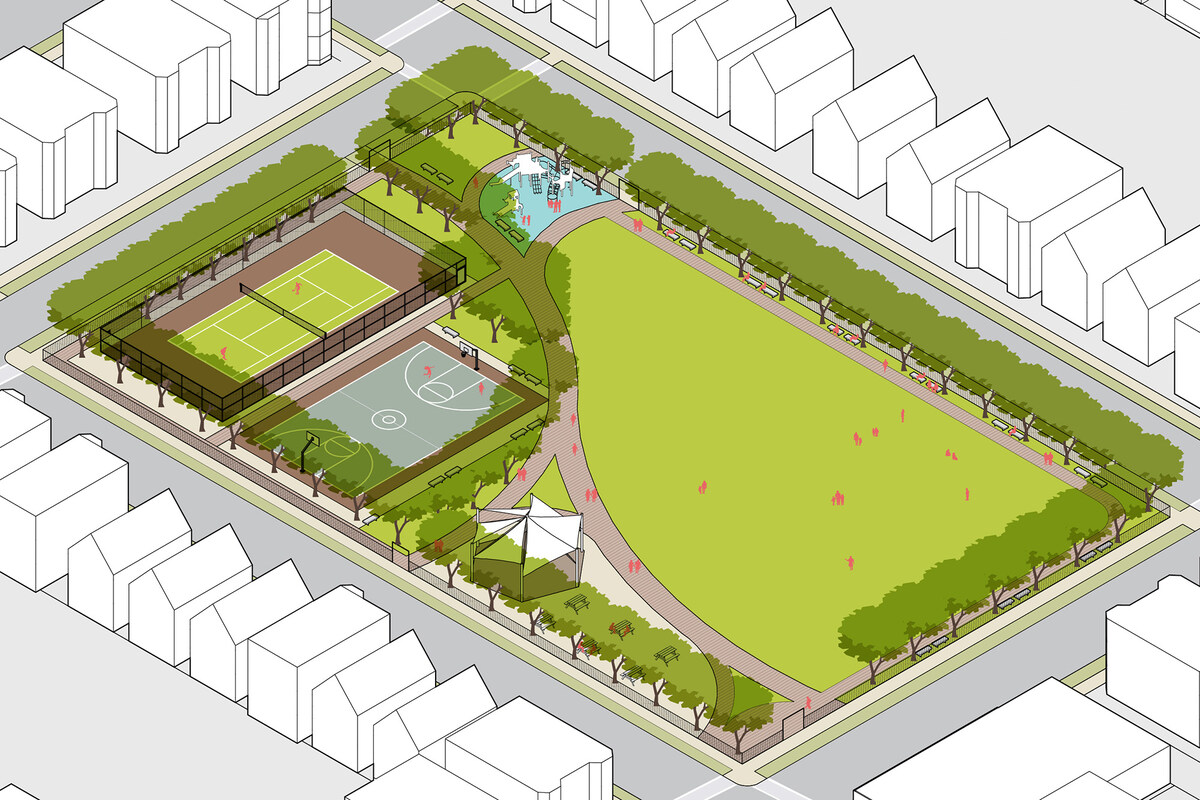
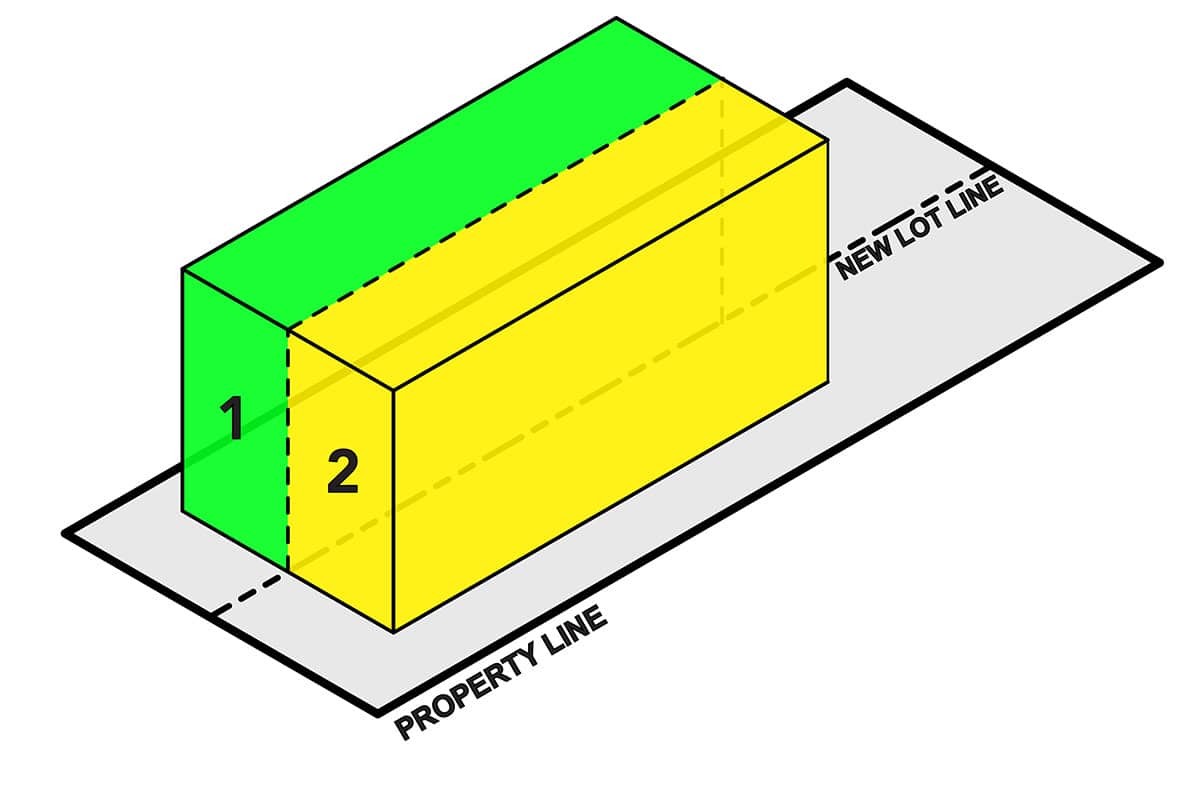
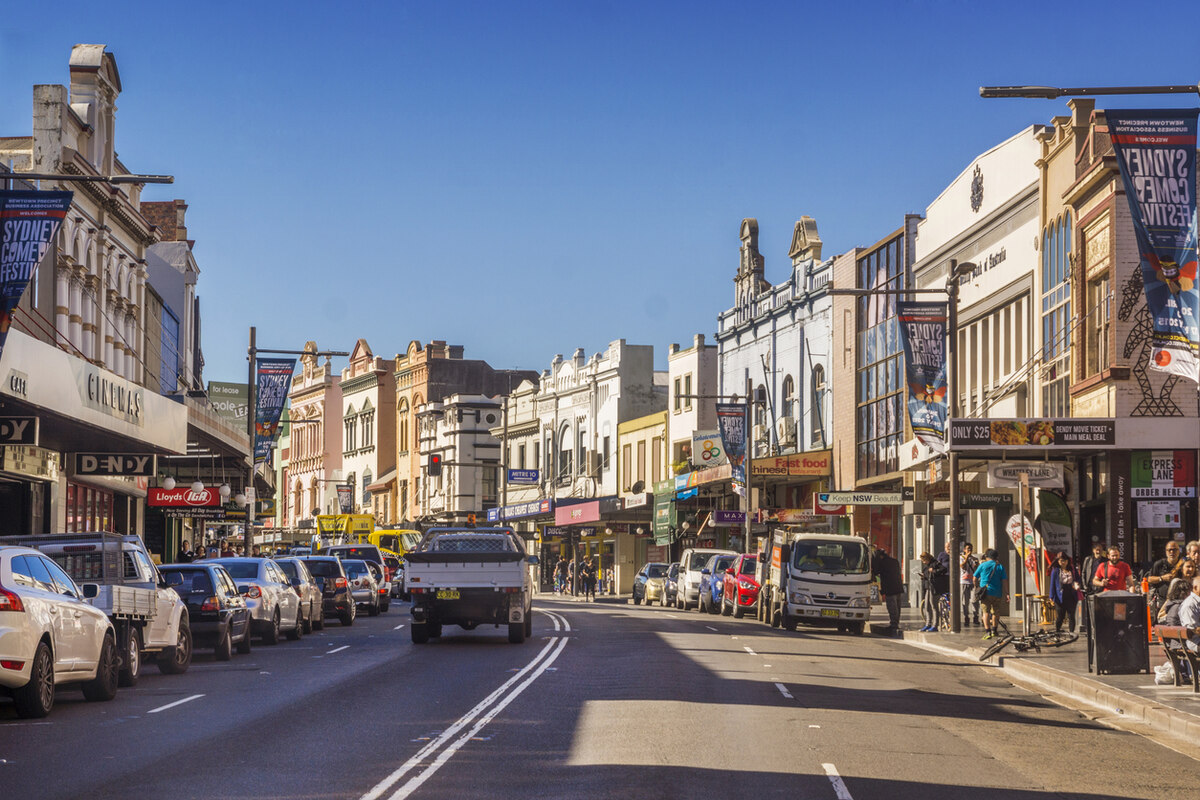
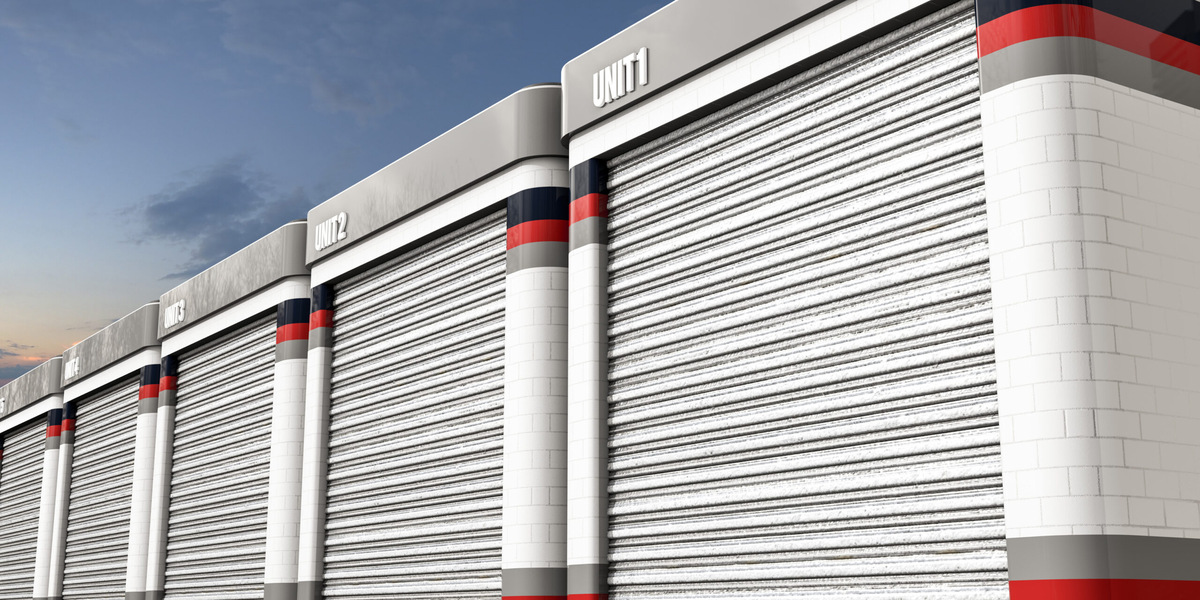
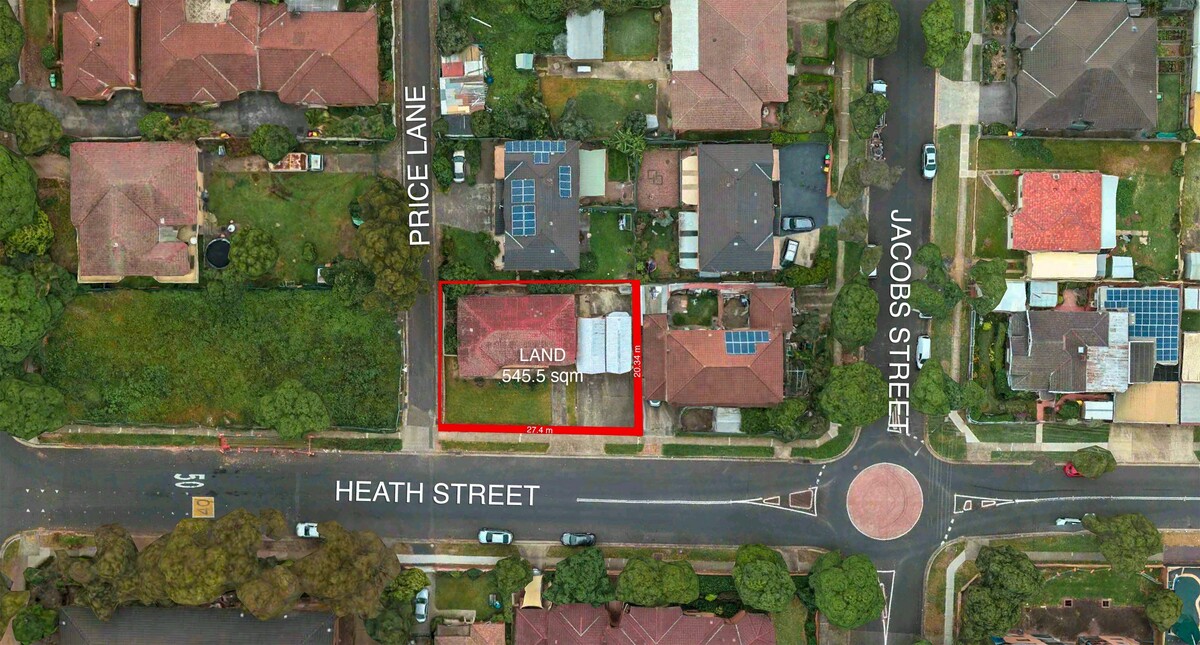

0 thoughts on “What Purpose Does Bulk Zoning Serve?”